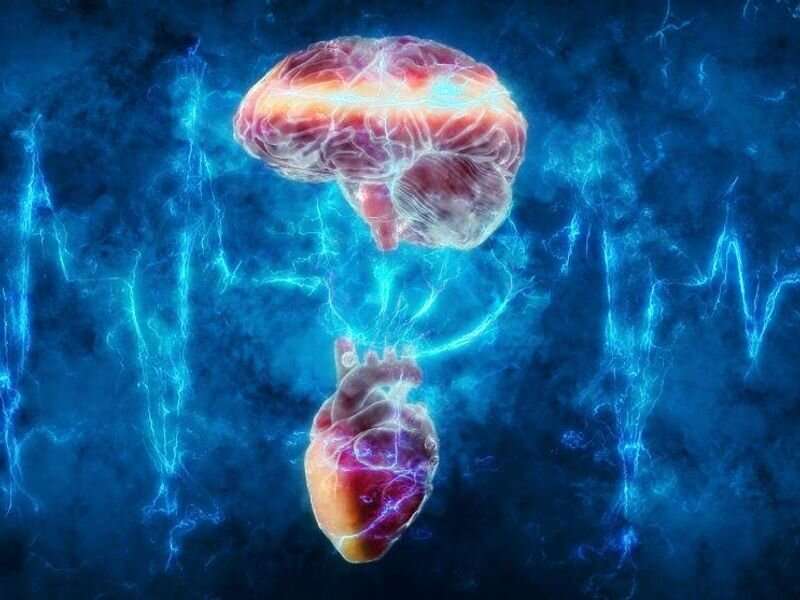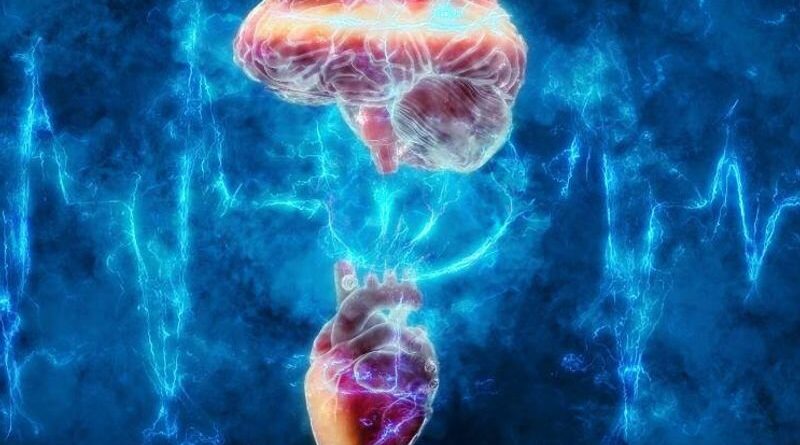Sex differences seen in vascular response to mental stress

For women, peripheral microvascular dysfunction in response to mental stress is associated with adverse cardiovascular events, according to a study published online March 1 in Atherosclerosis, Thrombosis, and Vascular Biology to coincide with the American Heart Association Epidemiology and Prevention/Lifestyle and Cardiometabolic Health 2023 Scientific Sessions, held from Feb. 28 to March 3 in Boston.
Samaah Sullivan, Ph.D., from The University of Texas Health Science Center in Houston, and colleagues prospectively followed 263 individuals who had been hospitalized for a myocardial infarction in the previous eight months for five years. Microvascular and endothelial function were measured before and 30 minutes after a public-speaking mental stress task. The association between vascular response to stress and major adverse cardiovascular events (MACE) was examined.
Overall, 64 patients had 141 adverse cardiovascular events (first and repeated) during a median follow-up of 4.3 years. The researchers found that among women, worse microvascular response to stress was associated with an increased risk for MACE (hazard ratio, 1.50 for each standard deviation decrease in the reactive hyperemia index). An increased risk for MACE was also seen in association with worse transient endothelial dysfunction response to stress (hazard ratio, 1.35 for each standard deviation decrease in flow-mediated dilation), with a similar association observed among men and women.
“These findings support the importance of psychological stress as a risk factor for women with coronary heart disease and suggest that a microvascular phenomenon may underlie this effect,” the authors write.
More information:
Samaah Sullivan et al, Sex Differences in Vascular Response to Mental Stress and Adverse Cardiovascular Events Among Patients With Ischemic Heart Disease, Arteriosclerosis, Thrombosis, and Vascular Biology (2023). DOI: 10.1161/ATVBAHA.122.318576
Journal information:
Arteriosclerosis, Thrombosis and Vascular Biology
Source: Read Full Article
